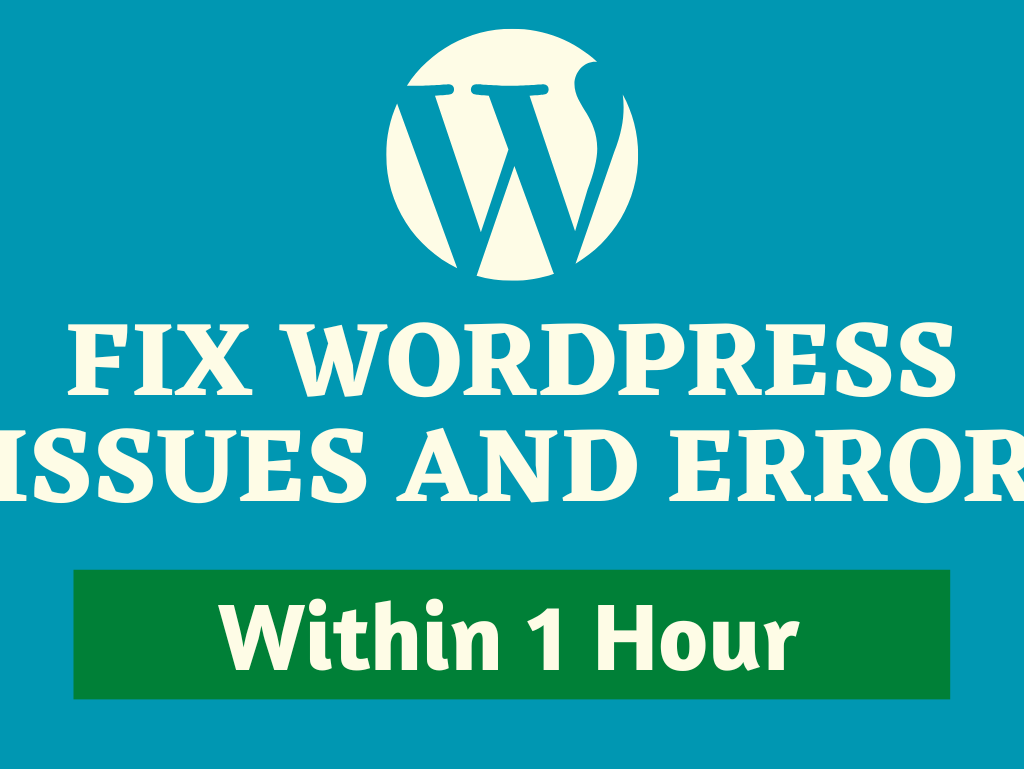
Introduction to WordPress Maintenance
Maintaining your WordPress site might not seem as exciting as creating fresh content, but it’s crucial for your website’s success. Regular WordPress maintenance ensures that your site is safe, fast, and running smoothly for users. Think of it as a routine check-up—small actions done consistently can prevent major issues down the road.
Why WordPress Maintenance Matters
Security Reasons
With WordPress being a popular platform, it’s often a target for hackers. Regular maintenance is your first line of defense against potential security threats. Keeping everything up-to-date helps protect your data and site users from breaches.
Performance Improvements
No one enjoys a slow website. Frequent updates, optimized images, and database cleanups help your site run faster, which means better user satisfaction and potentially higher rankings in search results.
User Experience and Accessibility
A well-maintained website makes for a seamless user experience. Regular maintenance ensures that all features are working, and accessibility issues are minimal, enhancing the experience for all visitors.
Key Elements of WordPress Maintenance
Core Updates
WordPress releases updates to improve security, introduce new features, and optimize performance. Keeping your core updated is essential for a smooth, secure site.
Theme and Plugin Updates
Plugins and themes add functionality and style, but outdated versions can cause conflicts or security issues. Regular updates ensure compatibility and security.
Database Optimization
Your WordPress database stores valuable information, from posts to settings. Over time, it can get cluttered. Database optimization keeps it clean and responsive.
Essential WordPress Maintenance Tasks
Backing Up Your Site
Regular backups safeguard your content in case of unexpected issues. Aim to back up your site at least weekly, and consider a more frequent schedule for high-traffic sites.
Updating WordPress Core
Core updates keep your site in line with the latest security practices and features. Always test updates on a staging site first if possible.
Updating Plugins and Themes
Outdated plugins and themes can be gateways for hackers. Check for updates weekly, and remove any plugins you no longer use.
Monitoring Security
Security plugins like Wordfence or Sucuri can help monitor threats, prevent unauthorized logins, and alert you of suspicious activity.
Optimizing Site Performance
Caching Techniques
Implement caching to reduce load times for returning visitors. Caching plugins, like WP Super Cache, can help serve static versions of your pages quickly.
Image Optimization
Large images can slow down your site significantly. Use tools like Smush or ShortPixel to compress images without losing quality.
Minifying CSS and JavaScript
Reduce file sizes by minifying CSS and JavaScript. This cuts down on load times and enhances site performance.
SEO and Content Updates
Importance of Content Refreshing
Regularly updating your content keeps it relevant and engaging. Refresh old posts, add new information, and improve readability to boost SEO.
SEO Audit and Improvements
Run SEO audits to check for broken links, missing alt tags, and on-page SEO issues. This helps maintain your search rankings.
Fixing Broken Links
Broken links can harm SEO and user experience. Use tools like Broken Link Checker to find and fix them promptly.
Managing Comments and Spam
Enabling Comment Moderation
Moderate comments to ensure high-quality discussions and prevent spam. It’s worth enabling manual approval for all new comments.
Using Anti-Spam Plugins
Plugins like Akismet help to automatically detect and filter spam comments, saving you time and keeping your site clean.
Cleaning Out Spam Comments Regularly
Even with anti-spam tools, some unwanted comments may slip through. Regularly clean out spam to keep your database efficient.
Database Maintenance
Deleting Unnecessary Files
Old post revisions, trashed comments, and other unused data take up space. Deleting these files helps improve your site’s speed.
Optimizing Database Tables
Regularly optimize tables to ensure the database runs efficiently. Plugins like WP-Optimize can help with this task.
Regular Database Backups
In addition to full site backups, consider regular database-only backups. They’re faster to perform and easy to restore if needed.
Monitoring Site Security
Using Security Plugins
Security plugins provide various protective measures. Install one to help prevent unauthorized access and monitor any suspicious activity.
Enforcing Strong Passwords
Encourage strong passwords for all users. A simple measure like this can go a long way toward preventing unauthorized access.
Monitoring Login Activity
Watch for unusual login attempts, which can indicate hacking attempts. Security plugins can alert you to such activity.
Ensuring Mobile Responsiveness
Importance of Mobile Optimization
More people are accessing the internet via mobile than ever before. Ensuring your site is mobile-friendly is essential for user experience and SEO.
Tools for Testing Responsiveness
Tools like Google’s Mobile-Friendly Test can help you check how well your site performs on mobile devices.
Common Mobile Compatibility Issues
Ensure text is readable, links are easy to tap, and images scale correctly for various screen sizes.
Uptime and Performance Monitoring
Why Uptime Matters
Downtime impacts your users and your reputation. Regular monitoring helps you detect and address issues promptly.
Using Monitoring Tools
Tools like UptimeRobot track your site’s status and alert you to any downtime, helping you respond quickly.
Analyzing Downtime and Response Times
Look at downtime patterns to see if there are recurring issues. Understanding response times also helps optimize performance.
Regular Testing and Debugging
Testing Functionality
Periodically test site features to ensure they work correctly. This is especially important after updates or plugin changes.
Resolving Errors and Conflicts
Errors and conflicts can disrupt your site’s performance. Debugging tools and logs can help you identify and fix issues.
Using Staging Sites for Safe Testing
A staging site allows you to test updates and new features without affecting your live site.
SSL and HTTPS Management
Importance of SSL Certificates
SSL encrypts data, securing it from unauthorized access. It’s also essential for SEO as search engines prioritize HTTPS sites.
Renewing and Updating SSL
SSL certificates expire, so ensure timely renewal to avoid disruptions and potential security issues.
Fixing Mixed Content Issues
Mixed content occurs when some resources aren’t served over HTTPS. Tools like SSL Insecure Content Fixer can help resolve this.
Backups and Disaster Recovery Planning
Frequency of Backups
Regular backups are vital. Consider daily backups for active sites or at least weekly backups for smaller ones.
Types of Backup Solutions
Explore options like manual backups, automated plugins, and cloud storage solutions for robust backup security.
Developing a Recovery Plan
Plan for disasters with a clear recovery strategy, including roles, responsibilities, and tested backup restorations.


Add a Comment